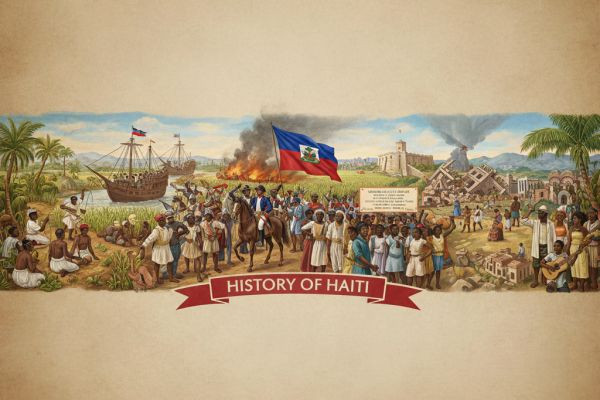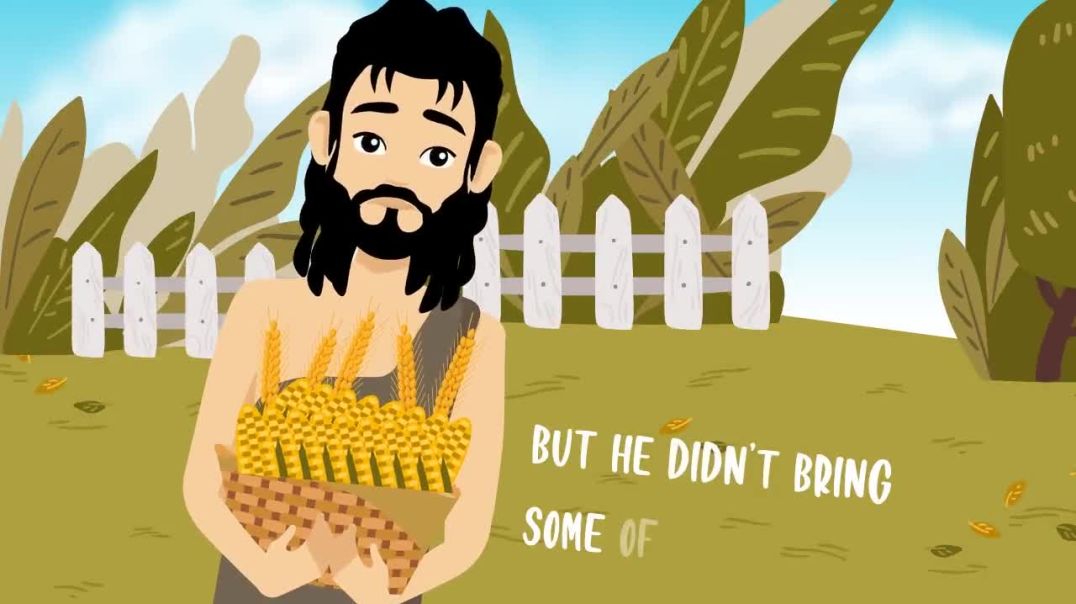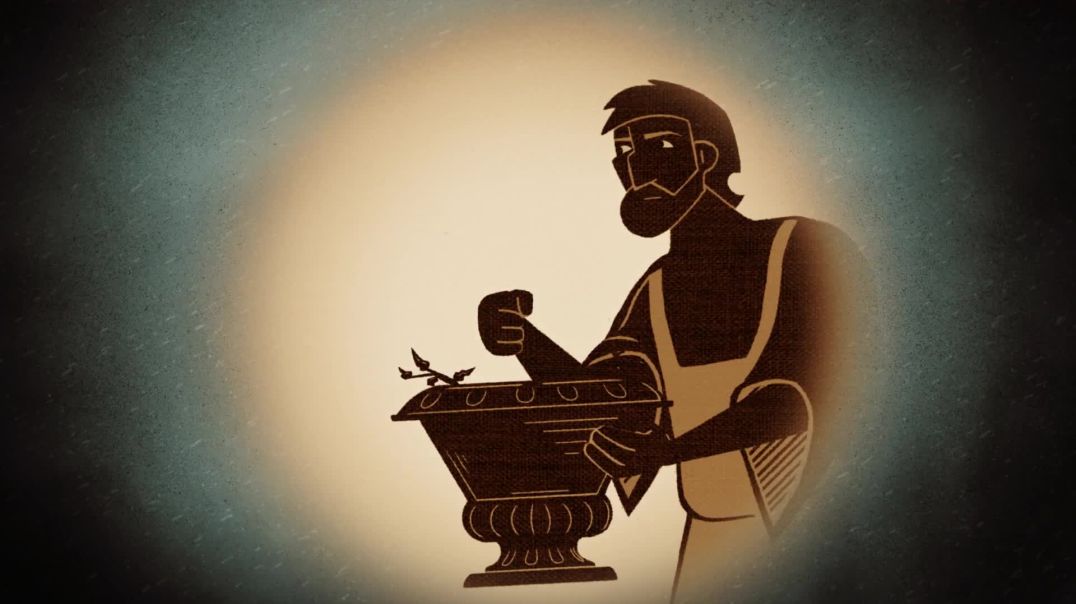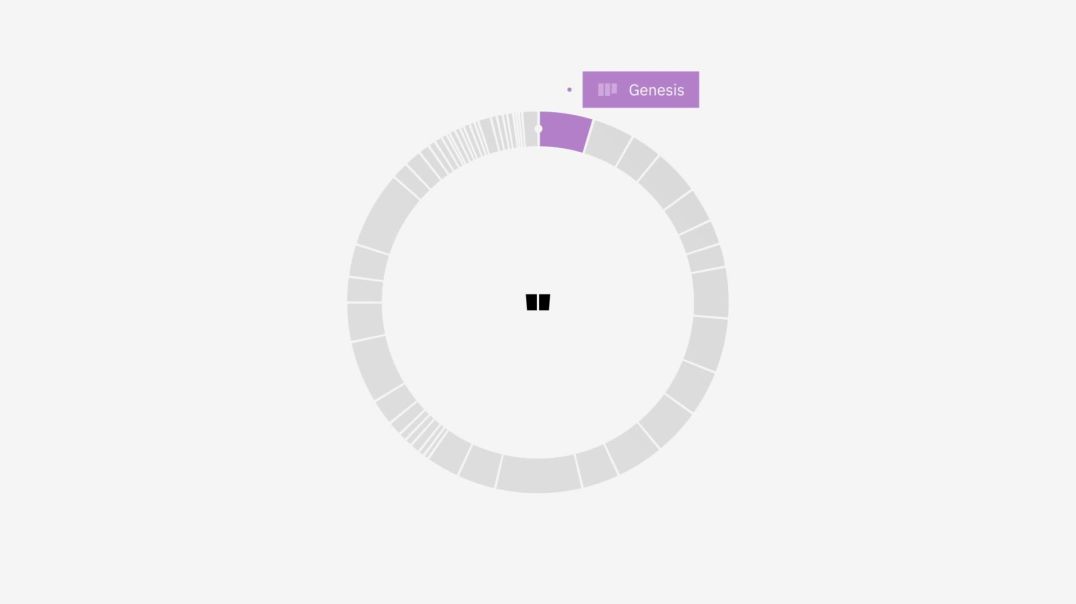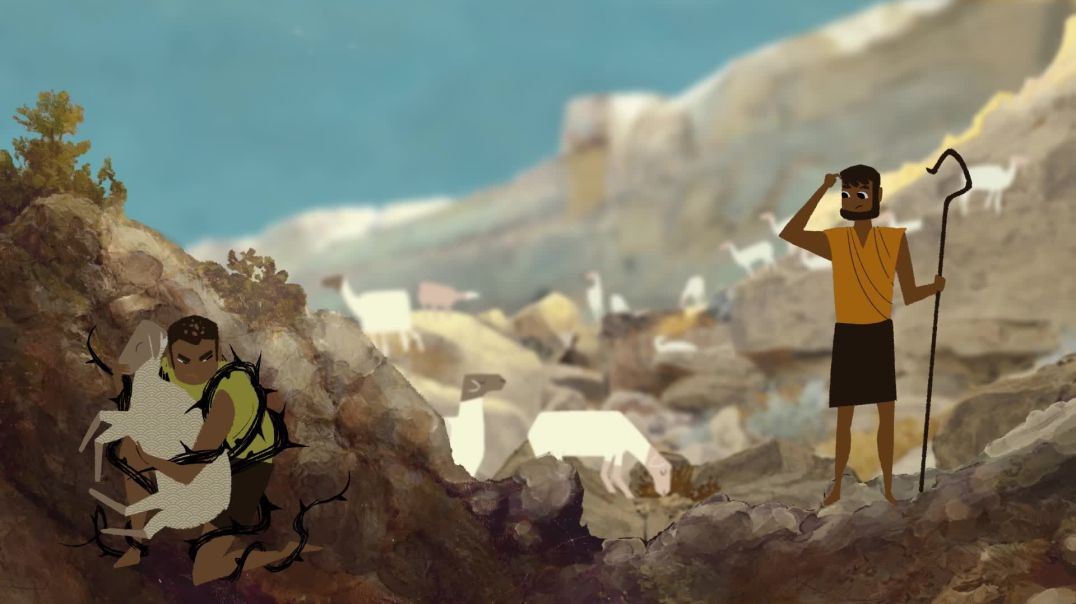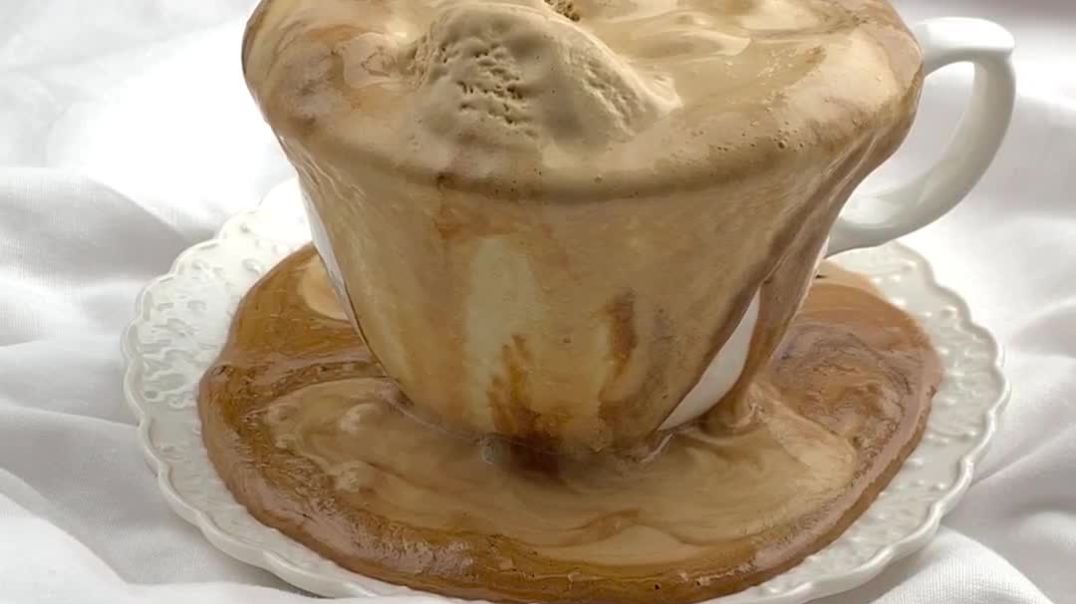Haiti's history is a profoundly significant and often tragic narrative, distinguished by the world's only successful slave revolt leading to a free republic. The nation's journey, from a thriving indigenous society to a hyper-exploited colony and finally to a fiercely independent but perpetually unstable state, is one of constant struggle against foreign intervention, crippling debt, and internal political upheaval.
Here is a detailed breakdown of Haiti's history, covering major periods and events:
I. Pre-Columbian and Colonial Eras (Pre-1492–1803)
The Taíno and Spanish Arrival
Before European arrival, the island of Hispaniola (which Haiti shares with the Dominican Republic) was inhabited by the Taíno people, who called their land Ayiti (or Quisqueya). Their civilization was nearly eradicated within decades of contact.
1492: Columbus's Arrival: Christopher Columbus landed on the island in December 1492 and claimed it for Spain, naming it La Isla Española (Hispaniola).
Genocide and Enslavement: The Spanish swiftly enslaved the Taíno to work in gold mines. Due to brutal treatment, forced labor, malnutrition, and infectious diseases brought by the Europeans, the Taíno population was almost completely decimated. The Spanish then began importing African slaves to replace the dying indigenous labor force, starting around 1501.
The French Colony of Saint-Domingue
By the mid-17th century, French settlers, buccaneers, and planters began establishing a presence on the western part of the island.
1697: Treaty of Ryswick: Spain officially ceded the western third of Hispaniola to France, and the colony was named Saint-Domingue.
The Pearl of the Antilles: Under French rule, Saint-Domingue became the richest and most brutal colony in the world, earning the nickname "The Pearl of the Antilles." Its economy was built on the forced labor of hundreds of thousands of African slaves in the production of sugar, coffee, indigo, and cotton. At its peak, the colony produced nearly half of all the sugar and coffee consumed in Europe and accounted for one-third of the entire Atlantic slave trade. The conditions for the enslaved were notoriously horrific, leading to high mortality rates and the need for continuous slave importation.
[An 18th-century illustration depicting enslaved Africans laboring on a sugar plantation in Saint-Domingue.](
)
II. The Haitian Revolution (1791–1804)
Inspired by the French Revolution's ideals of liberty and equality, the enslaved and free people of color of Saint-Domingue launched a massive, successful revolt—the only one in history that led to the creation of a free state.
1791: Bois-Caïman Ceremony and General Uprising: The slave revolt began in the northern plain following a legendary Vodou ceremony at Bois-Caïman. Thousands of slaves rose up, burning plantations and killing slave owners.
Toussaint Louverture Rises: A formerly enslaved man, Toussaint Louverture, emerged as the revolution's most brilliant military and political leader, organizing the disparate slave armies into a formidable force. Louverture skillfully navigated the conflicts between the French, Spanish, and British (who also invaded in 1793). He eventually sided with the French when they abolished slavery in 1794.
[An 1802 portrait of General Toussaint Louverture, the leader of the Haitian Revolution.](
)
Napoleon’s Betrayal: By 1801, Louverture controlled the entire island. In 1802, Napoleon Bonaparte sent a massive expedition to restore French authority and reinstate slavery. Louverture was tricked, captured, and deported to France, where he died in prison in 1803.
Dessalines Takes Command: Louverture's lieutenants, most notably Jean-Jacques Dessalines and Henry Christophe, resumed the fight after the French betrayal. The French army was decimated by yellow fever, and a final crushing defeat by the Haitian army at the Battle of Vertières on November 18, 1803, sealed the French withdrawal.
1804: Declaration of Independence: On January 1, 1804, Dessalines proclaimed the nation independent, renaming it Haiti—a return to the original Taíno name for the land. Haiti became the first free black republic and the only nation born of a successful slave revolt.
III. Early Independence and Crippling Debt (1804–1915)
The new nation was immediately isolated by world powers who feared the slave revolution's example. This isolation, combined with internal divisions, set the stage for instability.
The First Rulers: Jean-Jacques Dessalines became the first ruler, proclaiming himself Emperor Jacques I in October 1804. He was assassinated in 1806. The country then split into a northern kingdom under Henry Christophe and a southern republic under Alexandre Pétion until it was reunited in 1820.
The Independence Debt (1825–1947): This is arguably the most crippling event in Haitian history. In 1825, France, under King Charles X, demanded an indemnity of 150 million gold francs (about $21 billion to $40 billion today) in exchange for formal diplomatic recognition. This was meant to compensate French colonists for the loss of property—including their former slaves. Haiti was forced to pay, borrowing the money from French banks at exorbitant interest rates. The final payment wasn't made until 1947. This debt drained Haiti’s treasury, stifled economic development, and entrenched poverty for over a century.
Political Chaos: The period from 1843 to 1915 was characterized by constant political turnover, military coups, and civil strife, preventing the development of strong, stable institutions.
IV. The US Occupation (1915–1934)
Chronic political instability led directly to the first major foreign military intervention since independence.
1915 US Marine Landing: Following the assassination of Haitian President Vilbrun Guillaume Sam, the US Marines landed in Port-au-Prince. The US established control over Haiti's finances and police through the Haitian-American Treaty of 1915.
The Caco Resistance: A fierce guerrilla resistance movement, led by peasant leader Charlemagne Péralte, fought against the US occupation until Péralte’s death in 1919.
Infrastructure and Corvée: The US occupation brought some infrastructural improvements (roads, bridges, hospitals) but often enforced them using the involuntary, forced labor system known as the corvée, which was met with widespread Haitian outrage.
1934 Withdrawal: Under President Franklin D. Roosevelt's Good Neighbor Policy, the US Marines withdrew. The US left behind a better-trained military (the Haitian Army/Police) but maintained financial control until the 1940s, cementing the military’s future role as the dominant political force.
US Marines marching through Port-au-Prince during the 1915 intervention.
V. The Duvalier Dictatorship (1957–1986)
The post-occupation era culminated in one of the most brutal and long-lasting dictatorships in the Western Hemisphere.
1957: François "Papa Doc" Duvalier Takes Power: Physician François Duvalier was elected president on a black nationalist platform. He quickly declared himself President for Life in 1964 and established a totalitarian regime characterized by violence and state terror.
Reign of Terror and the Tontons Macoutes: Duvalier crushed all political opposition using his notorious secret police, the Volontaires de la Sécurité Nationale (VSN), infamously known as the Tontons Macoutes. This paramilitary force was responsible for the torture, murder, and disappearance of thousands of Haitians.
1971: Jean-Claude "Baby Doc" Duvalier: Upon his father’s death, Jean-Claude Duvalier, his 19-year-old son, inherited the title of President for Life. He maintained the repressive regime and continued the rampant corruption.
[A photograph of François "Papa Doc" Duvalier, who ruled Haiti from 1957 to 1971.](
)
1986: Overthrow: Growing popular discontent, poverty, and international pressure led to widespread revolts known as the Dechoukaj (uprooting). Facing no support from the military or the US, "Baby Doc" and his family fled into exile in February 1986, ending the 29-year Duvalier dynasty.
VI. Transition to Democracy and Modern Challenges (1986–Present)
The post-Duvalier period has been a protracted and often violent struggle for democracy, continually destabilized by military coups, economic crises, and natural disasters.
Aristide and Coups (1990–2004): After years of instability, Jean-Bertrand Aristide, a liberation theologian, was elected president in 1990, only to be overthrown by a military coup in 1991. He was restored to power in 1994 by a US-led intervention, but was overthrown again in 2004 amidst an armed revolt, leading to a decade-long UN peacekeeping mission (MINUSTAH).
The 2010 Earthquake: On January 12, 2010, a catastrophic 7.0-magnitude earthquake struck near Port-au-Prince. The earthquake killed an estimated 200,000 to 300,000 people and devastated the capital, further crippling the government's ability to provide services or stability.
[A wide view of destruction in Port-au-Prince following the devastating 2010 Haiti earthquake.](
)
Current Security and Political Crisis (2021–Present):
2021 Assassination: On July 7, President Jovenel Moïse was assassinated in his home, plunging the nation into a political void as the last remaining elected officials' terms expired.
Gang Violence Ascends: In the absence of a stable government, powerful armed gangs—many allegedly armed and supported by political and economic elites—have consolidated power, particularly in the capital, Port-au-Prince. Gangs control up to 80% of the capital, resulting in a severe humanitarian crisis defined by violence, kidnappings, and mass internal displacement.
2024 Transition: Prime Minister Ariel Henry resigned in April 2024 under extreme pressure from the gangs and the international community, leading to the formation of a transitional presidential council aimed at restoring order and paving the way for eventual elections.
Haiti's history remains a powerful example of both revolutionary endurance and the enduring, devastating impact of colonial exploitation, crippling debt, and external interference.
